
Why you should never flush ticks in the toilet
Ticks are small arachnids that feed on the blood of mammals, birds, and sometimes reptiles and amphibians. While they may seem harmless, ticks can carry diseases that can be transmitted to humans through their bites. Proper removal and disposal of ticks are essential to reduce the risk of contracting tick-borne illnesses.
The Problem with Ticks

Ticks are known vectors for various diseases such as Lyme disease, Rocky Mountain spotted fever, and babesiosis. These diseases can have serious consequences if left untreated, making it crucial to take precautions when dealing with ticks.
You’ve Got a Tick On You – What Should You Do?

If you find a tick attached to your skin, the first step is to remove it carefully and promptly. Using fine-tipped forceps or tweezers, grasp the tick as close to your skin as possible and gently pull it out in a single continuous motion. Avoid squeezing or twisting the tick, as this may cause it to regurgitate its contents into the wound.
What Not to Do When You Have a Tick On You

It is important to refrain from using home remedies such as matches, nail polish remover, or Vaseline to remove a tick. These methods can agitate the tick and increase the risk of disease transmission. Additionally, avoid squeezing the tick or attempting to burn it off, as this can also lead to regurgitation of harmful bacteria.
How to Dispose of the Tick

After successfully removing the tick from your skin, it is important to dispose of it properly. Place the tick in a sealed bag or container to prevent any potential contact with humans or animals. Alternatively, you can flush the tick down the toilet. Proper disposal of ticks helps to prevent further contact and potential transmission of diseases.
Checking Your Pets for Ticks

To properly check your pets for ticks, it is essential to perform routine inspections, especially during warmer months, when ticks are most active, and potentially in winter as well, as ticks can survive in freezing temperatures. Look for ticks in areas such as the ears, armpits, skin folds, toes, and groin by thoroughly combing through the fur and feeling for any small, firm bumps on the skin. Utilizing a fine-toothed comb and parting the fur can help to identify ticks that may be present. The more frequently these checks are conducted, the easier it becomes to detect ticks on your pet.
To Flush or Not To Flush?

When it comes to removing ticks from your pet, it is important to do so carefully and avoid using your hands. Instead, use fine-tipped tweezers to grasp the tick as close to the skin surface as possible and pull upwards with even, constant pressure to ensure the entire tick is removed. After removal, it is crucial not to crush the tick. Rather, it is advised to place the tick in a sealed container for identification by a veterinarian. However, if you are not able to bring the tick to a vet, carefully wrapping it in tape or placing it in a sealed bag is an alternative method for safe disposal. It is important to note that flushing ticks down the toilet is a viable option, but veterinarians may recommend bringing the tick to the office for identification and further assessment.
All About Lyme Disease

One of the most commonly known tick-borne diseases is Lyme disease, caused by the bacterium Borrelia burgdorferi. Lyme disease can lead to a range of symptoms, including fever, headache, fatigue, and a characteristic rash known as erythema migrans. If left untreated, Lyme disease can cause more severe complications affecting the heart, joints, and nervous system.
Symptoms to Watch Out for After a Tick Bite

It is crucial to monitor for symptoms of tick-borne diseases after a tick bite. Early signs of Lyme disease may include flu-like symptoms, joint pain, and muscle aches. In some cases, a red bullseye rash may develop around the bite site, indicating possible infection. Other tick-borne diseases may present with fever, chills, and fatigue.
What to Do If You Have Symptoms

If you experience any symptoms after a tick bite, it is important to seek medical attention promptly. Inform your healthcare provider about the tick bite and any symptoms you may be experiencing. Early detection and treatment of tick-borne diseases can help prevent the development of more serious complications.
The Bottom Line

Proper removal and disposal of ticks are essential steps in reducing the risk of tick-borne diseases. By following the correct procedures for tick removal and disposing of ticks safely, you can protect yourself and your loved ones from the potential harm caused by these tiny parasites. Stay vigilant, especially during outdoor activities, and always seek medical advice if you suspect you may have been exposed to tick-borne illnesses. Your health and safety are paramount when dealing with ticks.
News in the same category


What This Oncologist Notices First in Most Cancer Patients Might Surprise You

Vaseline and Lemon: An Inexpensive and Effective Skincare Remedy

Eliminate Plantar Warts with These Natural Garlic Remedies

The Essential Guide to B Vitamins: Benefits, Types, and How to Get Enough
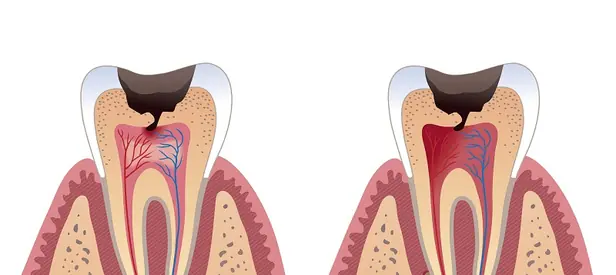
Tooth Decay: Causes, Types, and How to Prevent It
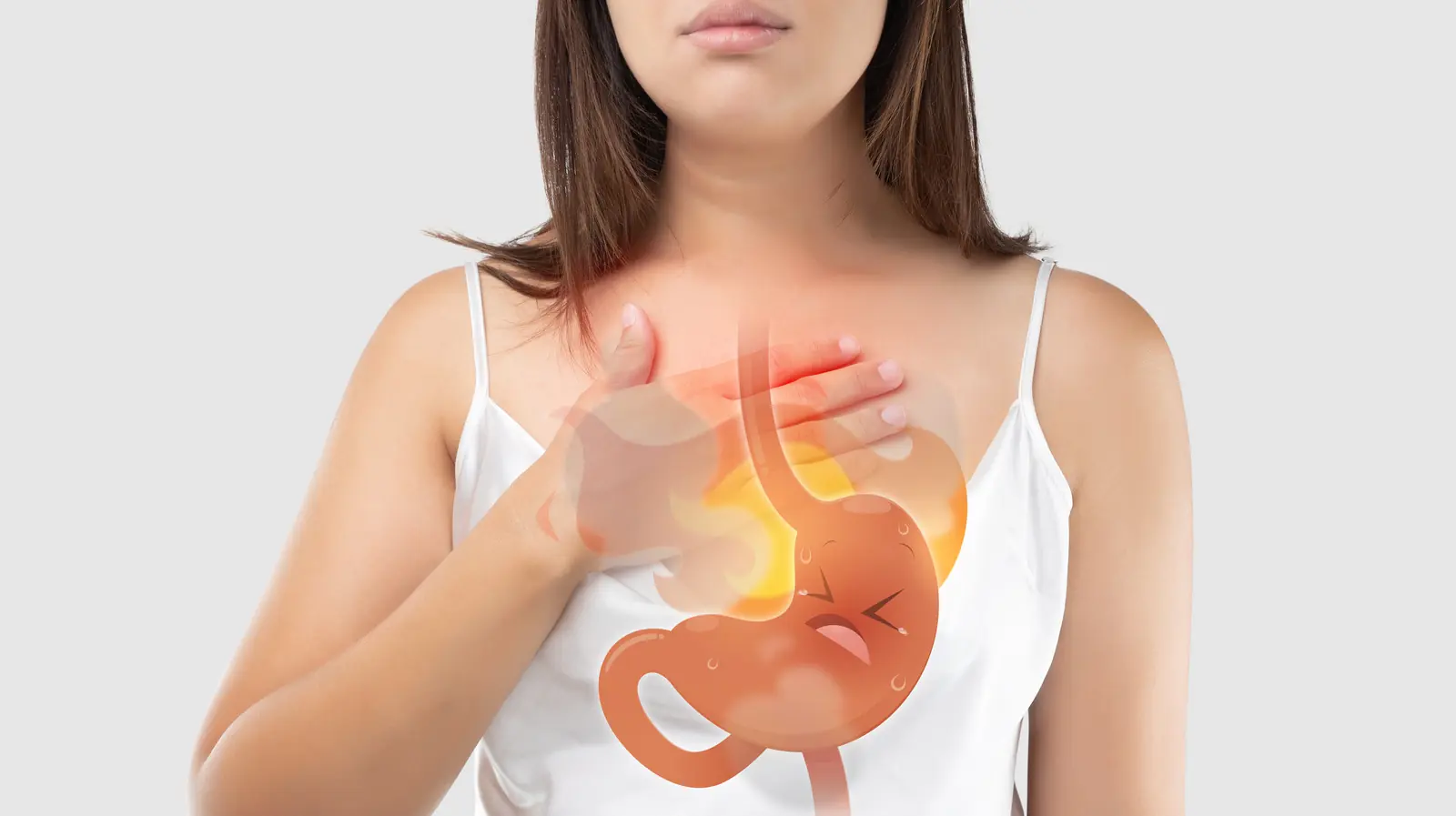
What Is Acid Reflux? Causes, Symptoms, and How to Treat It

The Timeless Wisdom of Dr. Norman Walker: The Philosophy of Health and Longevity

💪 45 and Tired? This Grandpa-Approved Beetroot Drink Might Change Your Life

4 Foods You Should Never Combine with Honey Due to Toxin Risk — Many People Consume Them Without Knowing
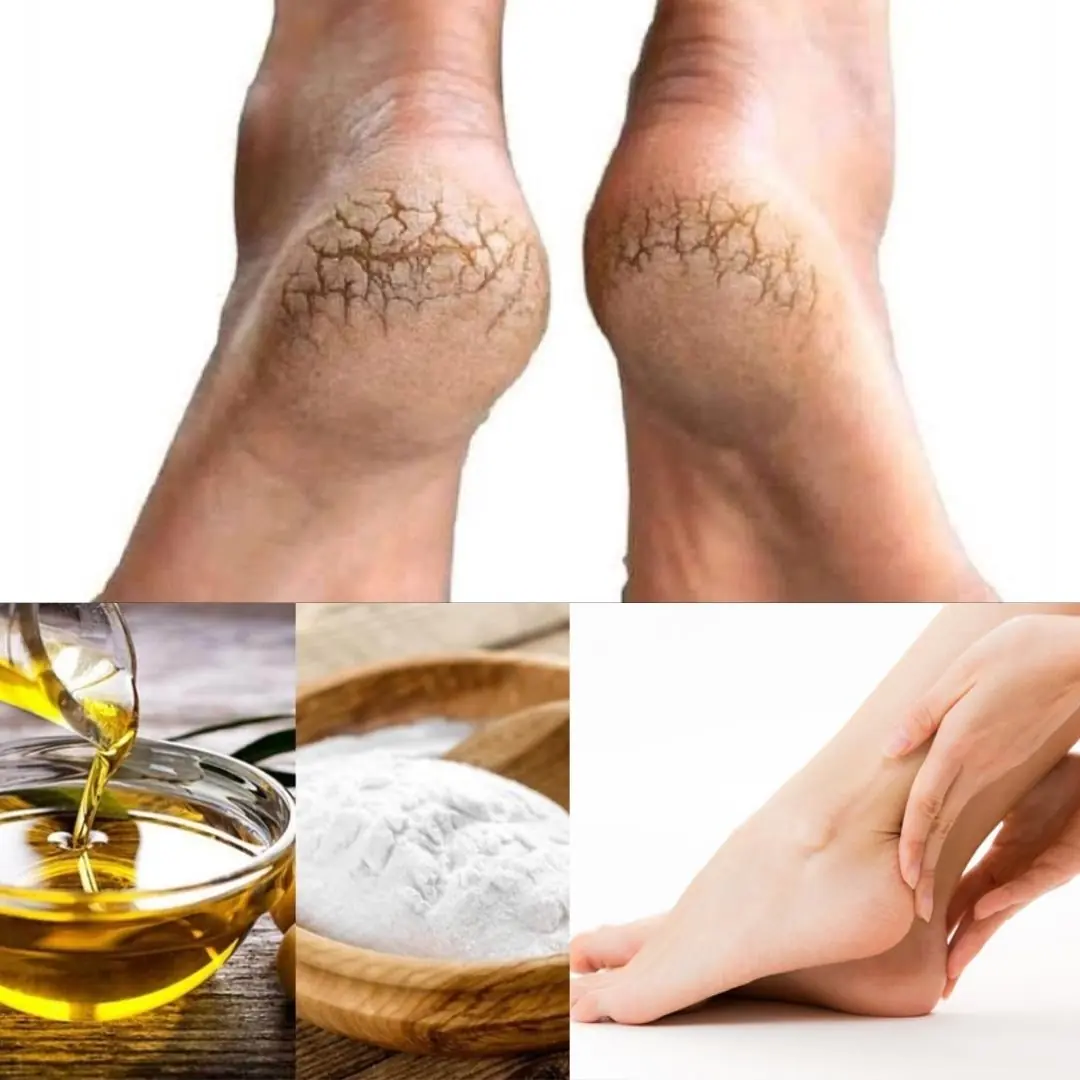
Get Baby-Soft Heels: Olive Oil and Baking Soda for Cracked Heels

Natural Remedy for Liver Cleansing: One Tablespoon Before Bed

24-Year-Old Woman Suffers Stomach Perforation Due to One Common Morning Coffee Mistake

65-Year-Old Man Passes Away at Night: Doctor Warns Against 4 Types of Drinks Before Bedtime

Carrot Orange Ginger Juice: A Nutrient-Packed Powerhouse for Your Health

The Powerful Health Benefits of Lipton, Cloves, and Ginger: Why Every Woman Should Try This Wellness Trio
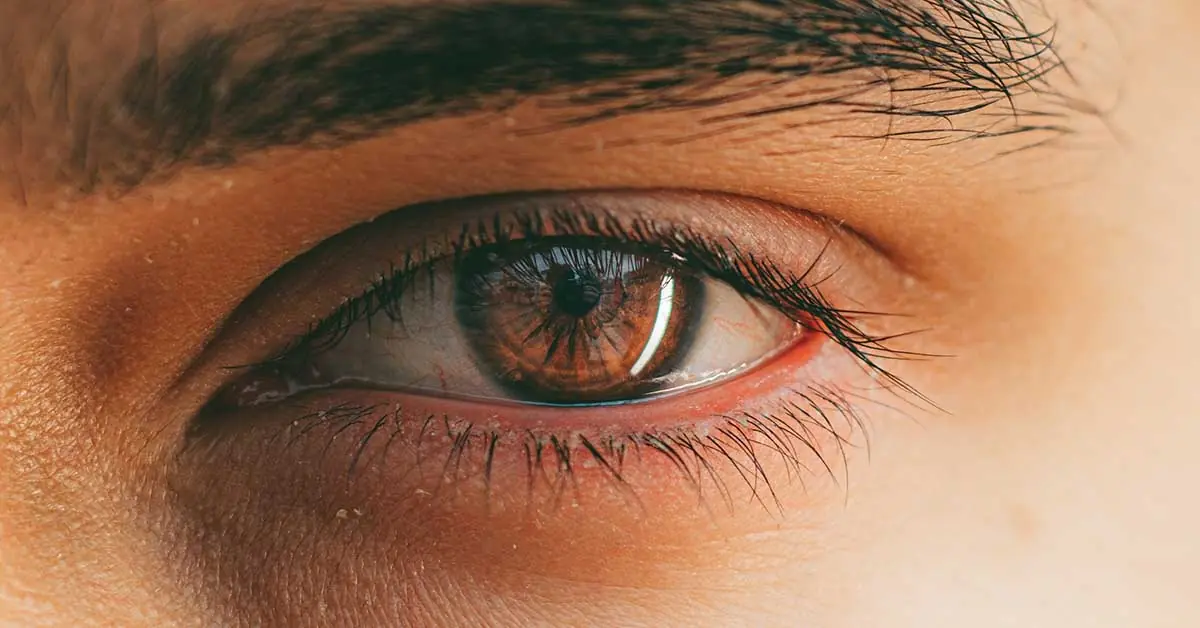
What Are Eye Floaters? Here’s What to Do If You Start Seeing Them, According to an Eye Doctor

What It Means When Someone Who’s Passed Away Appears in Your Dream — It Might Be More Than Just a Memory
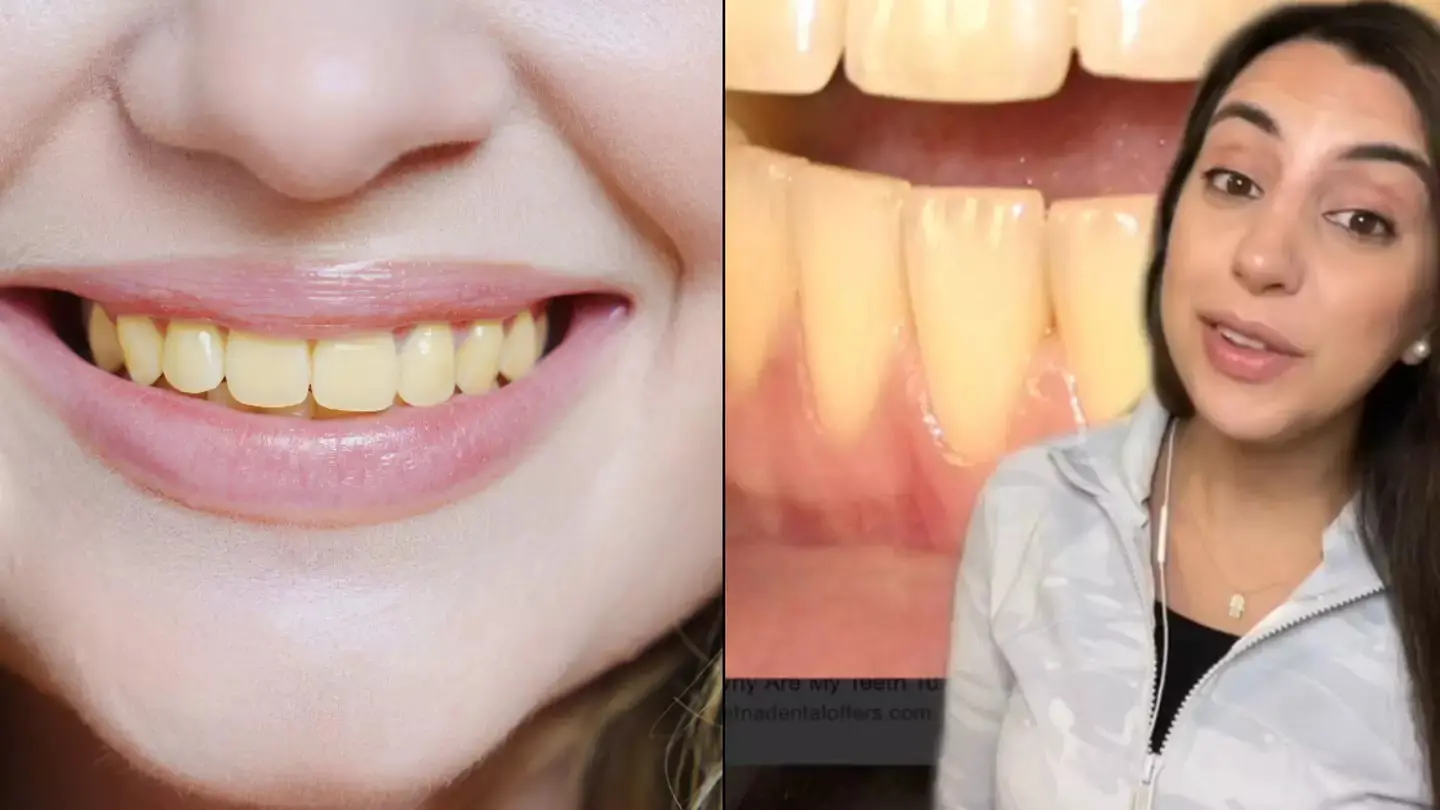
Dentist Explains 7 Key Causes of Yellowing Teeth and How to Prevent It
News Post

Urgent warning after girl is blinded from household product

MY DYING NEIGHBOR CALLED ME AND ASKED ME TO VISIT HER URGENTLY – THEN GAVE ME HER SECRET WOODEN BOX

I WOKE UP TO FIND MY FLAG GONE—AND A $20 BILL ON MY DOORSTEP

I TOOK MY NEPHEW TO THE FARM TO TEACH HIM A LESSON—BUT HE ENDED UP TEACHING ME ONE

Caring for our newborn meant missing dinner—my husband didn’t save me a plate

During the funeral, a crow lands on the little girl’s coffin

What This Oncologist Notices First in Most Cancer Patients Might Surprise You

Vaseline and Lemon: An Inexpensive and Effective Skincare Remedy

Eliminate Plantar Warts with These Natural Garlic Remedies

Experts Clash Over Claims Of Vast Underground City Beneath Pyramids — Discovery Sparks Global Debate

My Neighbor Tried to Kick Me out of My Own Home, Until I Found a Note That Said 'You Need to Know the Truth About Your Husband' — Story of the Day

The Essential Guide to B Vitamins: Benefits, Types, and How to Get Enough

Tooth Decay: Causes, Types, and How to Prevent It

What Is Acid Reflux? Causes, Symptoms, and How to Treat It

The Timeless Wisdom of Dr. Norman Walker: The Philosophy of Health and Longevity

My Husband Handed Me a Baby on Mother's Day—But When I Found Out Whose Child It Was, My World Collapsed

💪 45 and Tired? This Grandpa-Approved Beetroot Drink Might Change Your Life

Is Death an Illusion? Quantum Physics Offers a Surprising Perspective
